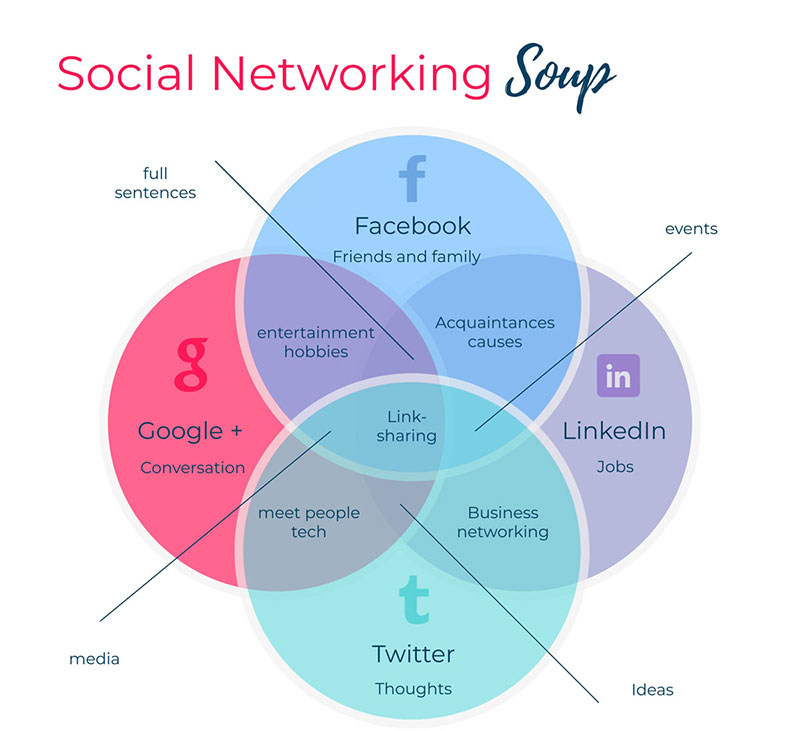

Google Universal Analytics long-time unique user tracking identifier. Generic Visual Website Optimizer (VWO) user tracking cookie that detects if the user is new or returning to a particular campaign.Ī session (temporary) cookie used by Generic Visual Website Optimizer (VWO) to detect if the cookies are enabled on the browser of the user or not. Generic Visual Website Optimizer (VWO) user tracking cookie. Google advertising cookie used for user tracking and ad targeting purposes. Microsoft User Identifier tracking cookie used by Bing Ads. Google Universal Analytics short-time unique user tracking identifier. Most area charts generally take the form of a stacked area chart.
TYPES OF DIAGRAMS PROFESSIONAL
An area chart is generally used with multiple lines to depict the way a data set is broken down into different component parts. 11 diagram types Here are examples of diagrams you may use to visualize and represent important topics in a professional setting: 1. Also referred to as the Information Engineering model. However, a key difference between line graphs and area charts is that in area charts, the space between the line and the x-axis is filled with colour to depict the difference between different data sets on the chart. The three best-known types of ER diagrams are: The Crowsfoot model,One of several types of entity-relationship (ER) diagrams, the Crowsfoot model neatly packages entities with their attributes by placing them in boxes.
TYPES OF DIAGRAMS HOW TO
Read this article to learn more about types, uses, parts of a diagram, and how to design one. Area charts are similar to line graphs as they depict similar patterns. A diagram is a simple data visualization or graphical representation tool that businesses, organizations, and individuals use to explain complex concepts, ideas, or topics.


 0 kommentar(er)
0 kommentar(er)
